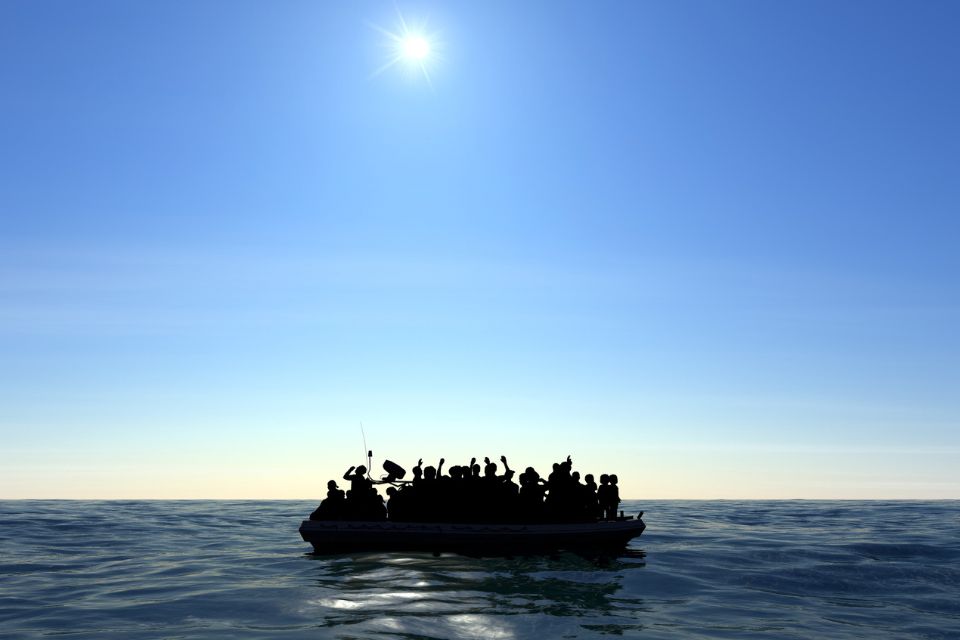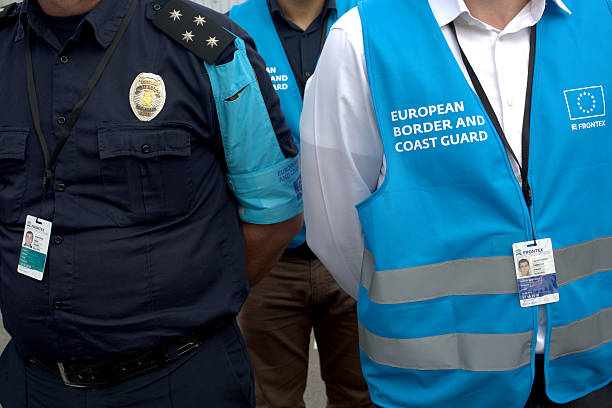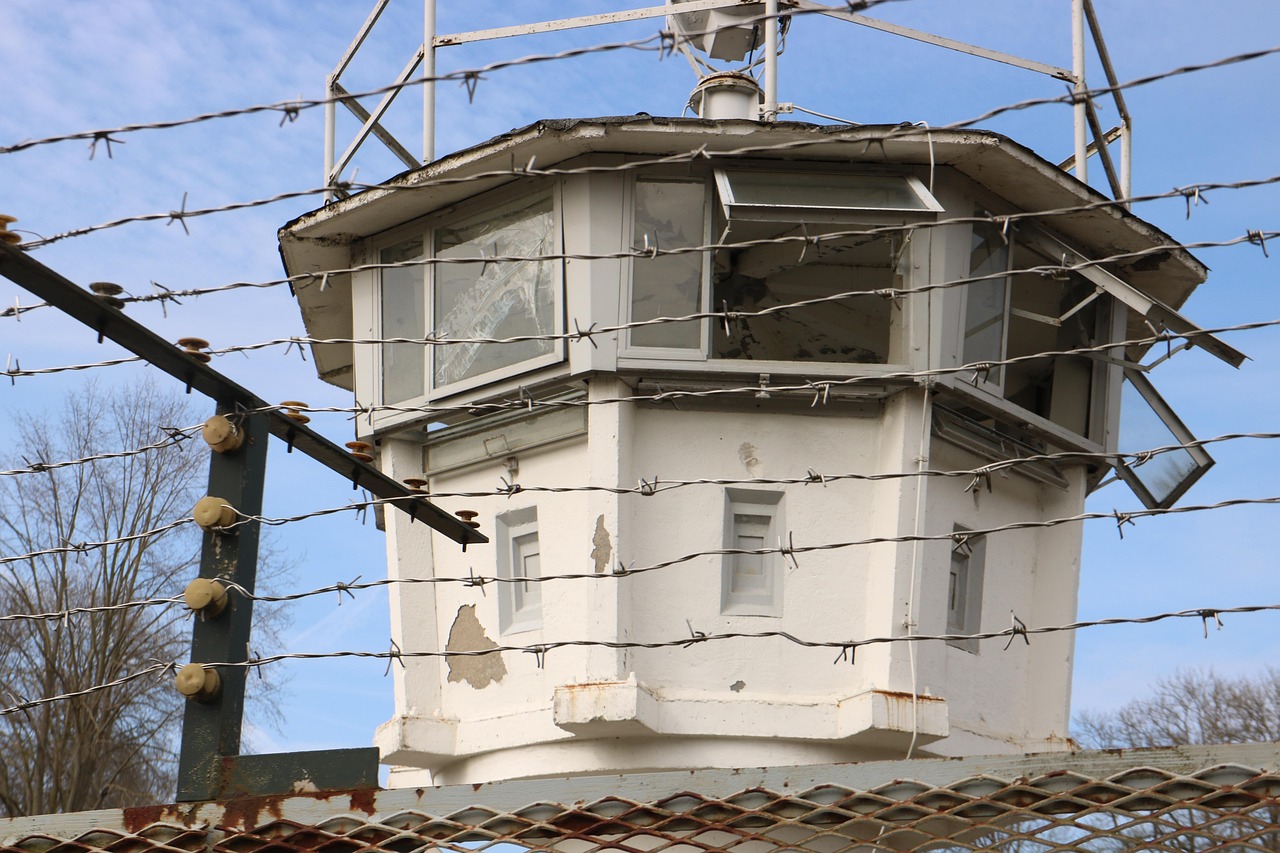
14
Aug 2025
Irregular migration into the European Union has fallen sharply this year, marking an 18% drop compared to 2024.
Preliminary figures from Frontex showed that 95,200 crossings were detected in the first seven months of 2025, though key routes remain under heavy pressure.
Central Mediterranean remains busiest path
While most routes saw declines, the Central Mediterranean recorded nearly 36,700 crossings, up 9% from last year. Departures from Libya drive much of this flow.
Frontex reported that smugglers here operate in highly organized networks, exploiting political instability despite increased anti-migration operations.
A new corridor from eastern Libya to Crete has also emerged. Over 10,000 migrants have used this path so far this year, more than four times last year’s total.
Sharp declines in other major routes
The Western Balkan route dropped 47%, while the Eastern Land Borders fell 45%. The Western African route saw a 46% decline, with only 175 arrivals in July.
Frontex attributed much of this drop to tighter border controls, stronger surveillance, and closer cooperation between the EU and departure countries such as Mauritania.
The Eastern Mediterranean route fell 16% to 26,200 crossings, but the Western Mediterranean bucked the trend, rising 11%.
Algerian-Moroccan smuggling networks continue to move migrants toward Spain, with prices ranging from €900 to €20,000, depending on the path.
Surge in channel crossings to UK
In contrast to the EU’s overall decline, attempts to reach the UK via the Channel rose 26% to 41,800.
Authorities linked this rise to favorable weather, “taxi boats” picking up migrants from multiple coastal spots, and a growing practice of launching many overcrowded boats at once.
Some vessels now carry up to 100 people, many of whom are in unsafe conditions.

(Image courtesy of VBorishev via iStock)
Human toll remains high
Despite fewer crossings overall, the International Organization for Migration estimated 947 deaths in the Mediterranean so far this year. Many occurred on unseaworthy boats prone to engine failure.
French and Frontex patrols often respond quickly, but some vessels still reach their destinations.
Nationalities most often detected
According to Frontex, the most common nationalities on EU routes this year are Bangladeshi, Egyptian, and Afghan.
On Channel crossings to the UK, Eritrean, Somali, and Afghan migrants are the most frequently detected.
Stricter borders could shape travel experiences
For short-term and long-term visitors, tighter border monitoring may mean longer checks, especially ahead of the European Travel Information and Authorization System (ETIAS) launch in late 2026.
Visa-exempt travelers will soon need online authorization before entering 30 European countries, adding a layer of screening.
For short-term and long-term visitors, tighter border monitoring may mean longer checks, especially ahead of the ETIAS launch in late 2026.
Visa-exempt travelers will soon need online authorization before entering 30 European countries, adding a layer of screening.

(Image courtesy of hansharbig via Pixabay)
Policy direction may tilt toward tighter controls
The drop in irregular crossings gives EU governments political momentum to expand coordinated enforcement. Some states may use the figures to justify more investment in surveillance and Frontex deployments, pairing them with stricter visa vetting.
Others could push for the accelerated rollout of digital entry systems like ETIAS, using real-time data to track visitor flows.
This trend may shift immigration policy toward preventive measures over reactive crisis management, influencing both border agreements and humanitarian frameworks.
Steady progress amidst persistent challenges
The first seven months of 2025 saw a drop in irregular border crossings into the EU.
Yet, the persistence of high activity on the Central Mediterranean route, emerging corridors like Libya to Crete, and the rise in Channel crossings underscore that migration pressures remain.
This means that while data points show progress, the humanitarian stakes and operational challenges are still significant.
As the EU continues to adapt its strategies, the effectiveness of these measures will shape both border stability and the safety of those on the move in the months ahead.